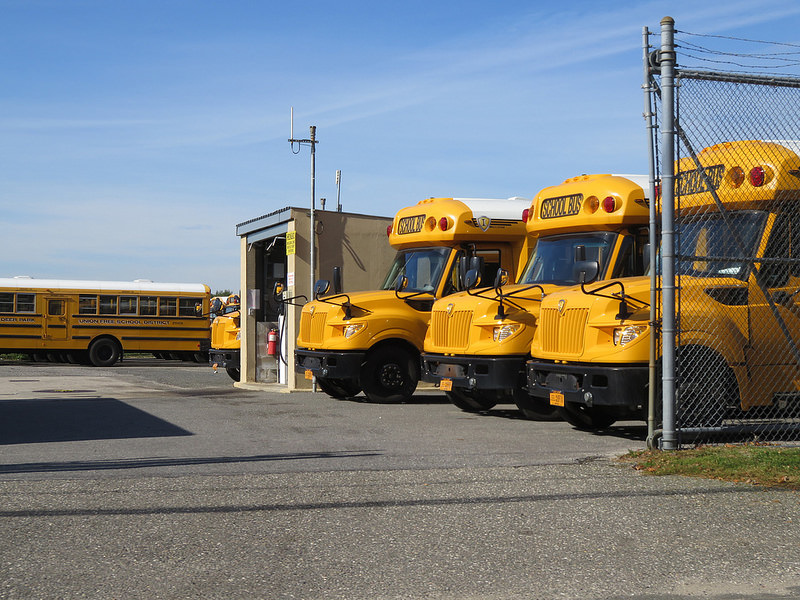| Less than one week after President Obama called for an end to so much testing in public schools, we have the results of yet another test to occupy our attention. Yes, kids, grownups can be exasperating. But the annual National Assessment of Educational Progress tests, known affectionately as the Nation’s Report Card, is effective in that it illustrates two things. One that the right kind of testing can help schools improve, or at least know where improvement is needed. The other is that Americans never will stop arguing over how to |
| | make that happen. That incessant arguing, by the way, isn’t a bad thing. The moment everyone agrees on a way forward is the time you ought to worry. Don’t lie awake at night waiting for that moment, however. The report card is periodic assessment of how well fourth and eighth graders nationwide do in reading and math. The results this time were not good. Scores dropped nationwide. Fourth graders fell two points in math; eighth graders fell three. In reading, fourth graders stayed about the same, while eighth graders dropped. This despite No Child Left Behind, the Race to the Top, various state voucher and school grading plans, charter schools, the Common Core and the movie “Waiting for Superman.” The No Child Left Behind law mandated that, by last year, every child was to have reached 100 percent proficiency in math and science. Congress might as well have tried legislating the weather. The problem, of course, is that the students keep changing, almost as quickly as the programs. But the Nation’s Report Card had its positive side, too. In Utah, scores are up. They already were higher than the national average, which is to say a shade above inexcusably low. You won’t be able to explain any of this without having a fight on your hands. But, rest assured, you won’t be the first one to the brawl. This has been going on a long time. Sixty long years have passed since Rudolf Franz Flesch published the book, “Why Johnny can’t read: and what you can do about it.” That led to his own method of teaching, as well as to endless arguments about it. In one particularly defensive piece in the New York Times in 1955, the dean of education at New York University outlined five fallacies promoted by the critics of education. The first was that schools were not as good as in the old days. He blamed this in part on nostalgia. That’s an interesting perspective from an age many today view as the good old days. But the truth is no one was keeping track then the way they are now. And brother, are we ever keeping track. A survey from the Council of the Great City Schools found that students in large urban areas will take about 112 mandatory standardized tests from kindergarten through the 12th grade. Obviously, they can’t all be necessary, or even helpful. But it would be equally wrong to get rid of all of them. To be considered proficient or better at math under the nation’s report card, an eighth grader should be able to “solve problems involving a circle graph,” among other things. A proficient reader can “Interpret (a) word as used in an informational text,” among other things. In Utah, only 44 percent could do the first, and 40 percent the second. That may be a lot better than in 2000, when only 23 percent were proficient in math, or 1998, only 28 percent were proficient in reading. But it’s hardly good enough to stop the arguing; nor should it be. Neither is the fact that Hispanic students in Utah scored 30.31 points lower than white students, on average — the fourth widest gap in the nation. As a long-time proponent of radical changes in public education, I am all for continuing the arguments. But these can be effective only if they come free from acrimony, suspicion, misunderstanding and defensiveness, on all sides. If we can agree on the call to curb excessive testing, we ought to be able to agree to end all those things, too. |


 RSS Feed
RSS Feed

